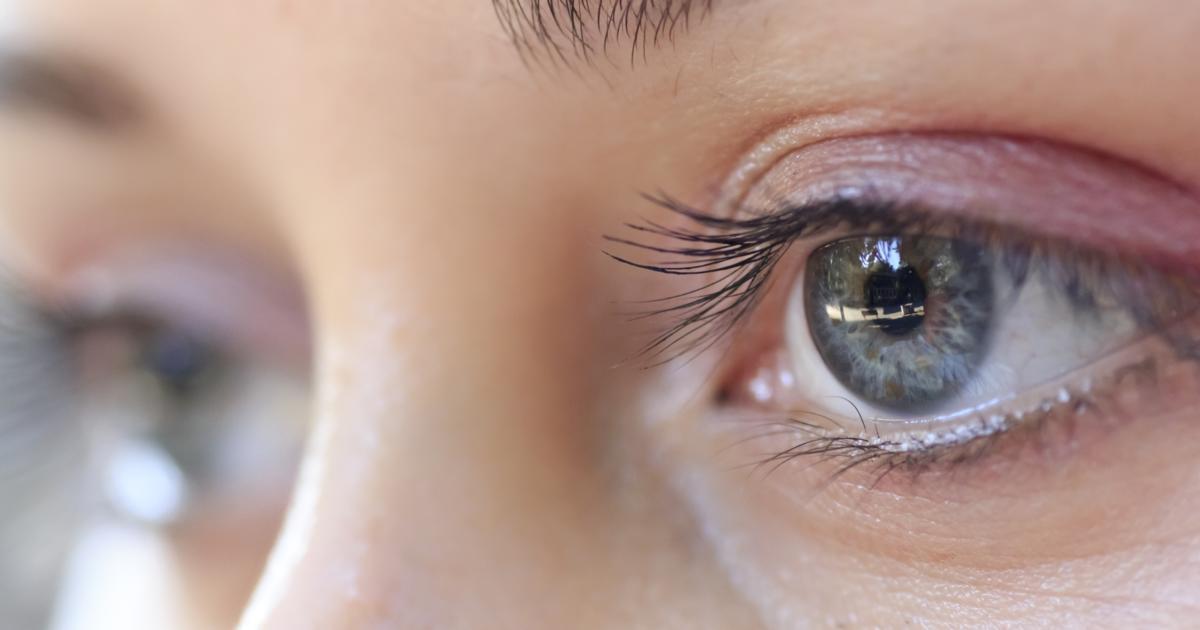What Are The Common Retinal Diseases?
Retinal Detachment

Retinal detachment is a disease characterized by the separation of the retina from the back eye wall. When a retinal detachment occurs, the retina becomes detached from its supply of blood. Without a blood supply, the retina will no longer function normally. Common symptoms that occur with this disease include flashing lights, peripheral shadows or curtains, and frequent floaters.
There are three main types of retinal detachment. Rhegmatogenous retinal detachments are the most common, and they occur when fluid passes through a hole or tear in the retina. The retina then detaches from its underlying blood supply because of the collection of fluid underneath the retina. Tractional retinal detachments occur when scar tissue develops on the retinal surface and pulls the retina away from the back wall of the eye. Exudative retinal detachments happen when the blood vessels leak fluid, and it accumulates underneath the retina. This type of retinal detachment occurs as a result of abnormal inflammation or too much leakage from abnormal blood vessels.
Retinitis Pigmentosa

Retinitis pigmentosa (RP) is a group of uncommon disorders characterized by the loss and breakdown of cells that make up the retina. Retinitis pigmentosa is a genetic disorder passed through the genome from a parent to child. It can occur as a result of harmful changes that may occur in any of over fifty different genes. These genes are responsible for providing instructions on how to create photoreceptors or proteins essential in the retinal cells. Some mutations result in the patient being unable to make the photoreceptor proteins at all, and others result in the making of a protein that is toxic in their place. Some cases result in the patient making a photoreceptor protein that does not work correctly. All three types of mutations cause damage to the photoreceptors in the retina.
An individual affected by retinitis pigmentosa will most likely experience loss of night vision and decreased visual field. As the disease progresses, the patient will experience tunnel vision. This tunnel vision that progressively worsens can cause the patient to have difficulty with driving, reading, walking, or recognizing objects and faces. There is no cure for retinitis pigmentosa, and treatment focuses on helping the individual adapt to life with low vision.
